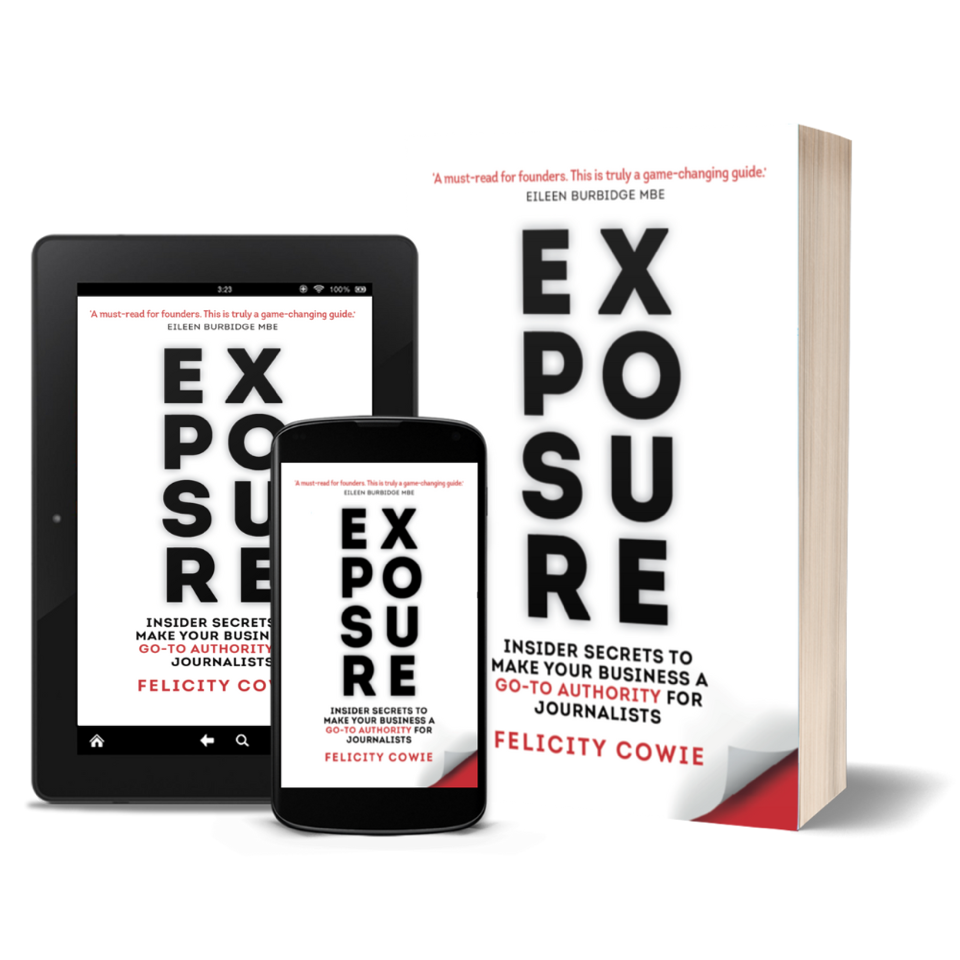by Felicity Cowie, author of Exposure
In my earlier blog for LoA, What Exactly is Media Relations, I said there are at least eight mega benefits of media relations for any business to consider…
Gain exposure with zero to low financial investment
Build credibility
Build pipeline faster
Get highly valuable shareable content
Find product-market fit
Become a thought leader and ‘category queen’
Get funding and more funding
Gain external validation
In this series of blogs, I give you more detail and tools to gain each of these benefits. Let’s look now at the fifth one - how you can find product-market fit using media coverage. Einstein said, ‘If you can’t explain it simply, you don’t understand it well enough.’ And I’d offer as a variant on this, ‘If you can’t explain what you do to a journalist, you haven’t understood your product-market fit well enough.’
It may be painful to experience a journalist’s blunt ‘I don’t get it’ when you attempt to pitch. However, you can take this as free consultancy! Journalists LOVE case studies, so if you can’t provide one that’s compelling enough for a journalist this is further feedback that you’re not yet defining the problem that your product meets for the market and showing how you solve it.
Here are some things to consider when creating a case study for journalists, which of course is also valuable for potential customers and investors. Humans learn from other humans and case studies make this possible.
What do I mean by case studies? Your business may have created a robot that helps older people who live alone to remember to take their medication. You can offer journalists the technical specification and some illustrations of what the robot will look like once it goes into production. However, what’s far more compelling for journalists is to see a robot in action, helping an older person, and to hear from the older person about the improvement the robot has made to their life.
The case study in this example is the older person who’s happy to be highlighted, even interviewed and photographed.
Journalists like case studies because they provide evidence that you can do what you say you do, and they bring information to life. If a journalist identifies a good story, it quite often falls to them to work out how to illustrate it with voices and pictures.
If you can give a journalist material that they can use, then you’ve also made their life a lot easier. They can be very open to this as they know you’re far more likely to have access to people and images related to your story. The real power of this for you is that you’re showing product-market fit and thus attracting customer growth and investor interest.
You can read more about all of this and gain tools to do it, including a Case Study Creator, in my new book Exposure: Insider Secrets to Make Your Business a Go-To Authority for Journalists Get Exposure
Felicity Cowie has worked as a media relations trouble-shooter for some of the world’s leading organisations and is a former BBC News and Panorama journalist. She’s worked on 100,000 story pitches from both sides. She now makes her insights and tactics available to the founders and leaders of today’s early-stage businesses, helping them gain exposure and competitive advantage. She is the author of Exposure: Insider Secrets to Make Your Business a Go-To Authority for Journalists. More information www.themediarelationscoach.com
More articles by Felicity












